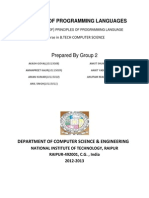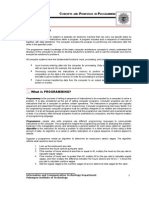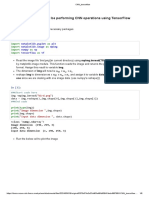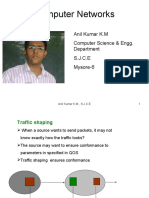0% found this document useful (0 votes)
197 views28 pagesIntroduction to Programming Concepts
This document discusses computer programming concepts including:
- What a computer program and programming language are and how they relate.
- The main types of programming languages including machine language, assembly language, and high-level languages.
- The differences between compilers and interpreters and how they are used to translate source code.
- The typical steps in the program development life cycle including defining problems, designing algorithms, coding, testing/debugging, and documentation.
Uploaded by
Ye Lin TunCopyright
© © All Rights Reserved
We take content rights seriously. If you suspect this is your content, claim it here.
Available Formats
Download as PPTX, PDF, TXT or read online on Scribd
0% found this document useful (0 votes)
197 views28 pagesIntroduction to Programming Concepts
This document discusses computer programming concepts including:
- What a computer program and programming language are and how they relate.
- The main types of programming languages including machine language, assembly language, and high-level languages.
- The differences between compilers and interpreters and how they are used to translate source code.
- The typical steps in the program development life cycle including defining problems, designing algorithms, coding, testing/debugging, and documentation.
Uploaded by
Ye Lin TunCopyright
© © All Rights Reserved
We take content rights seriously. If you suspect this is your content, claim it here.
Available Formats
Download as PPTX, PDF, TXT or read online on Scribd
/ 28






















































































